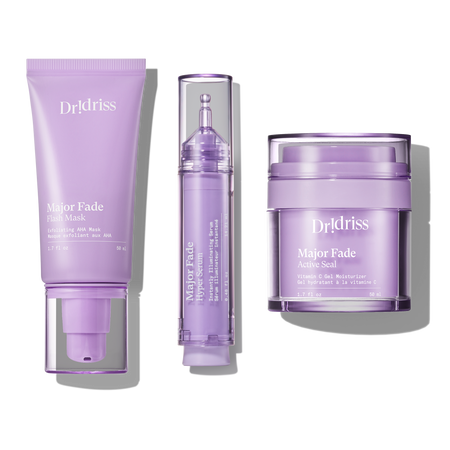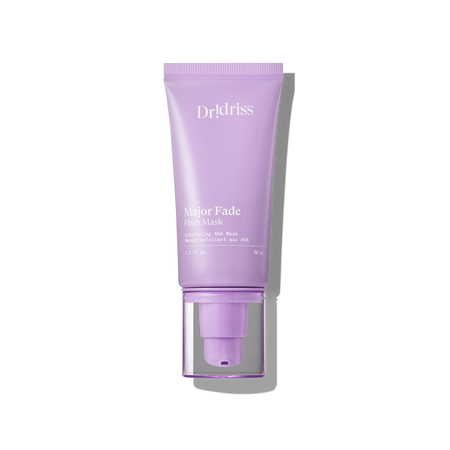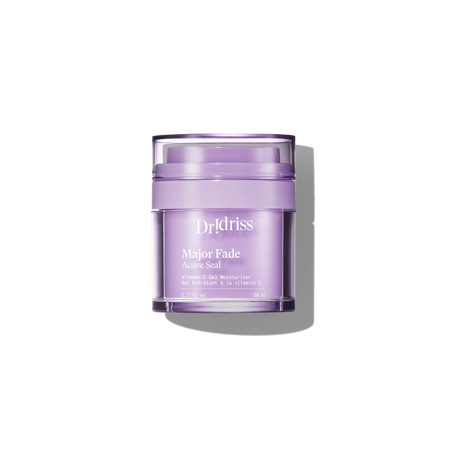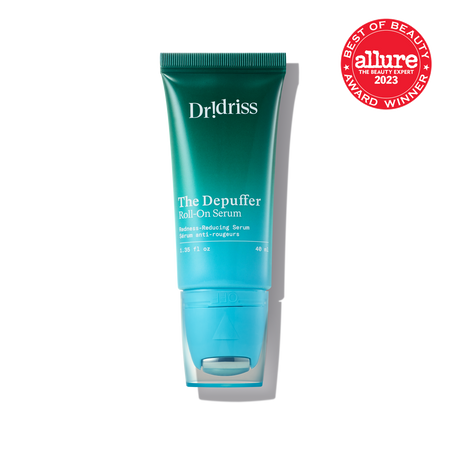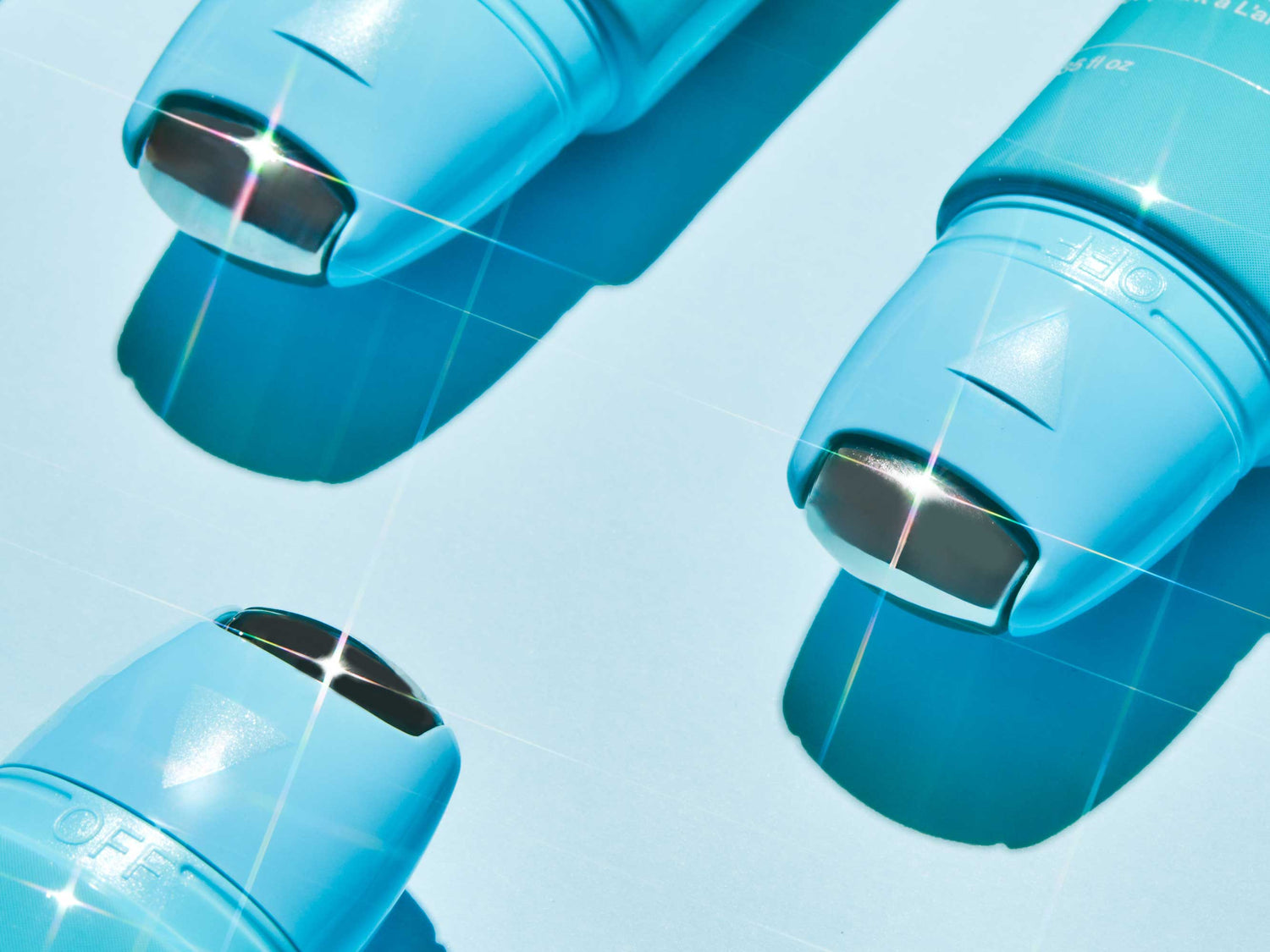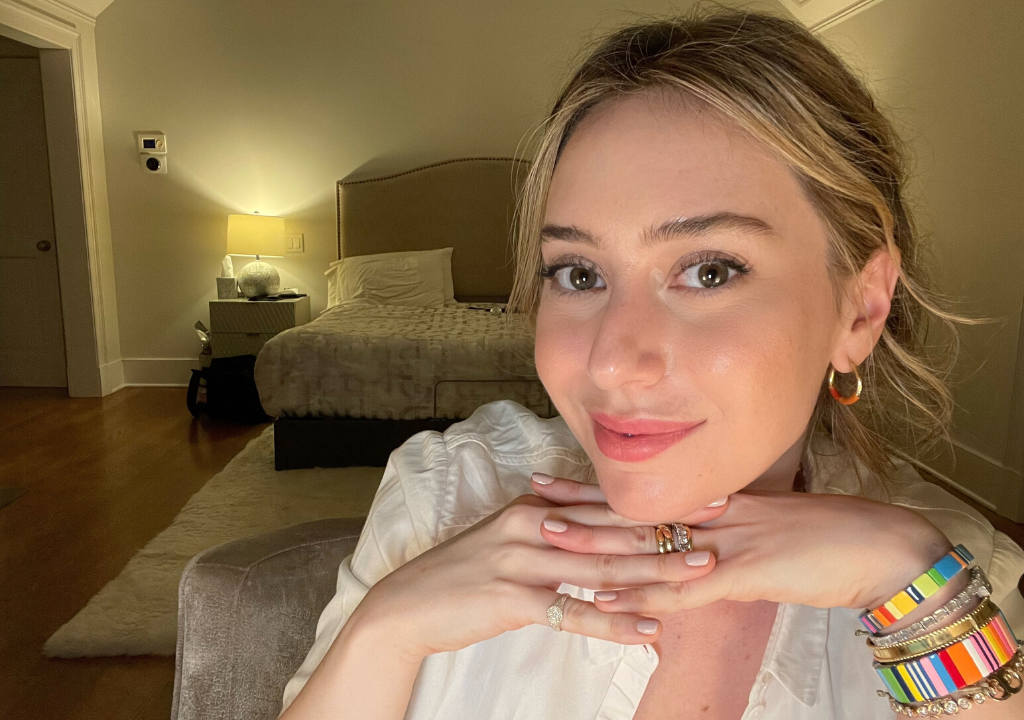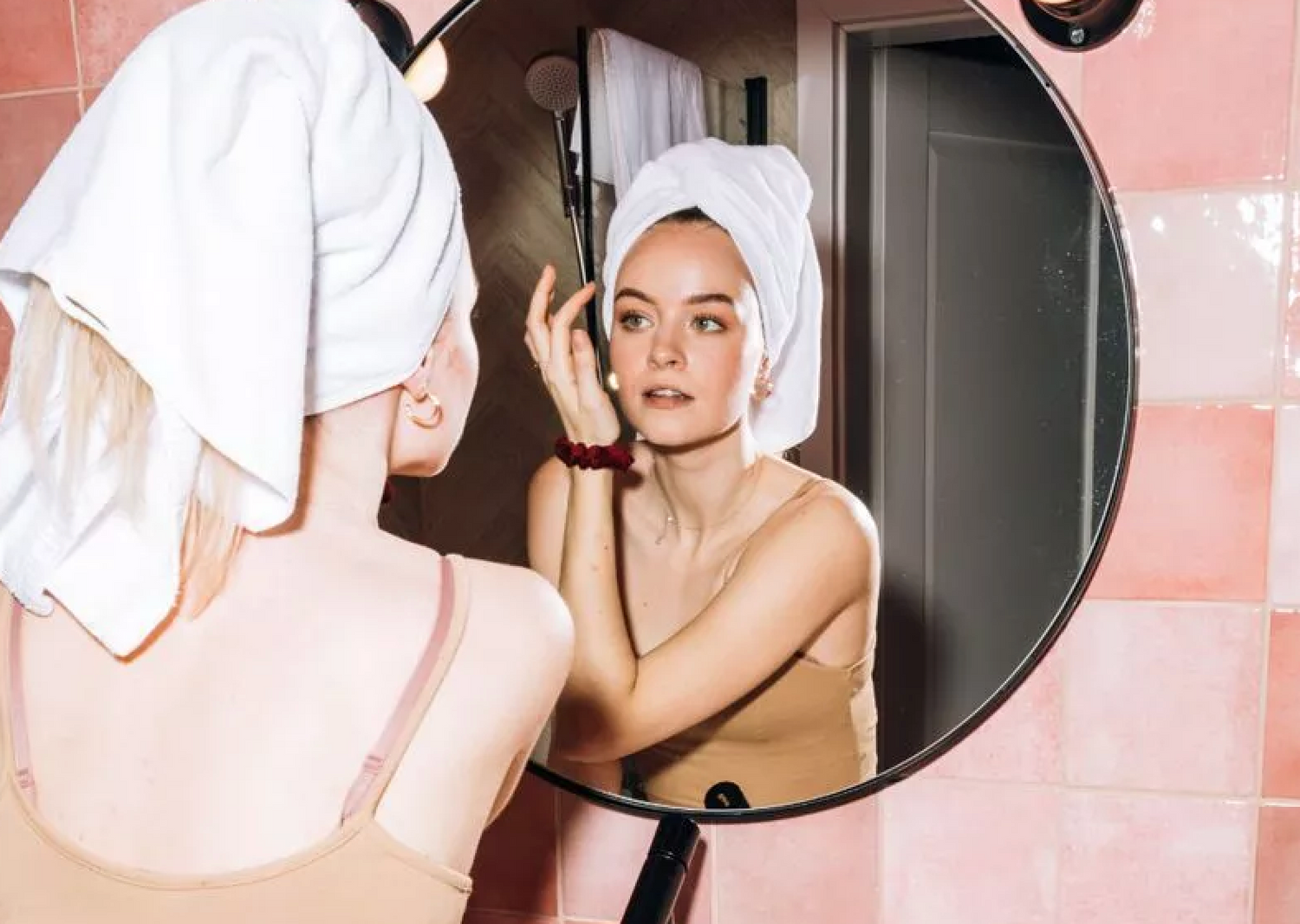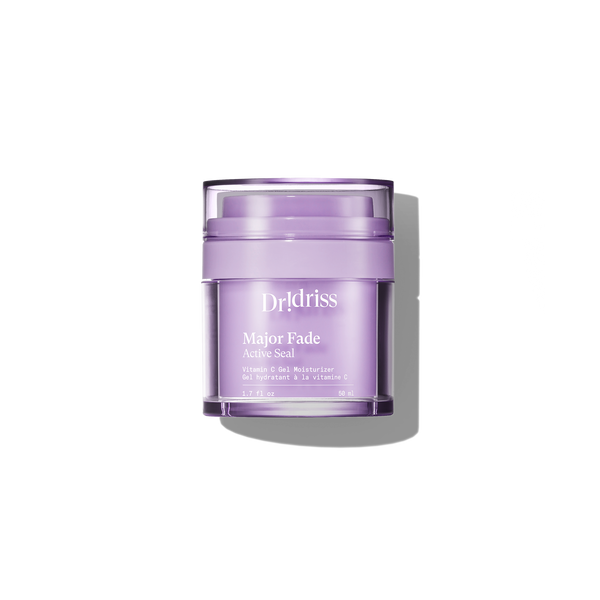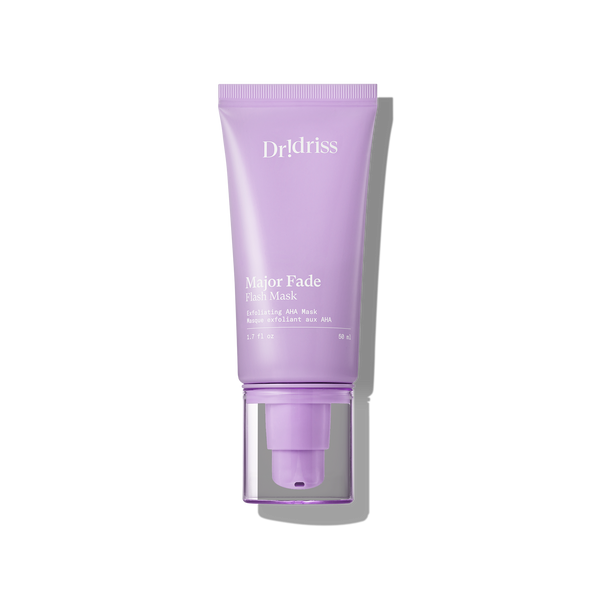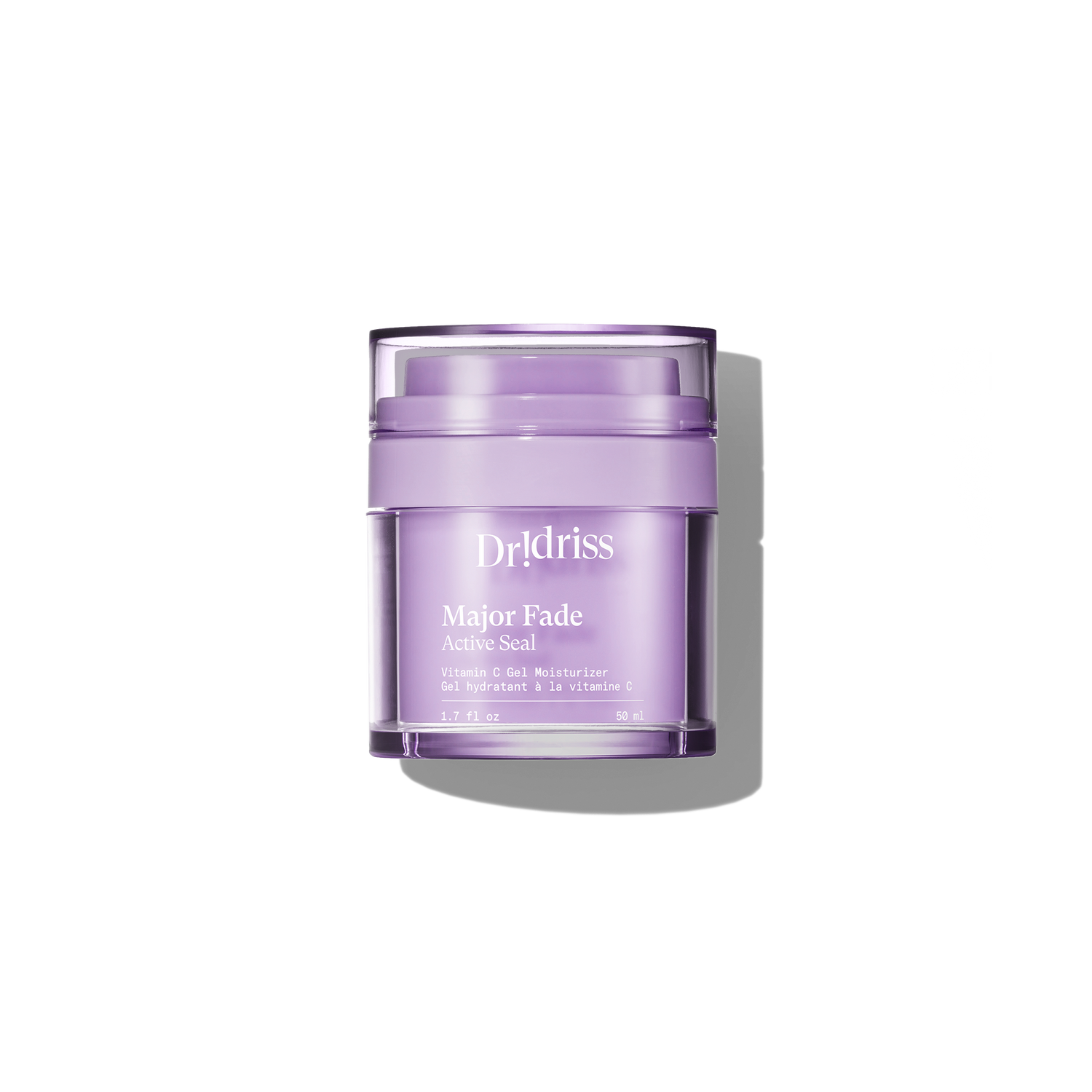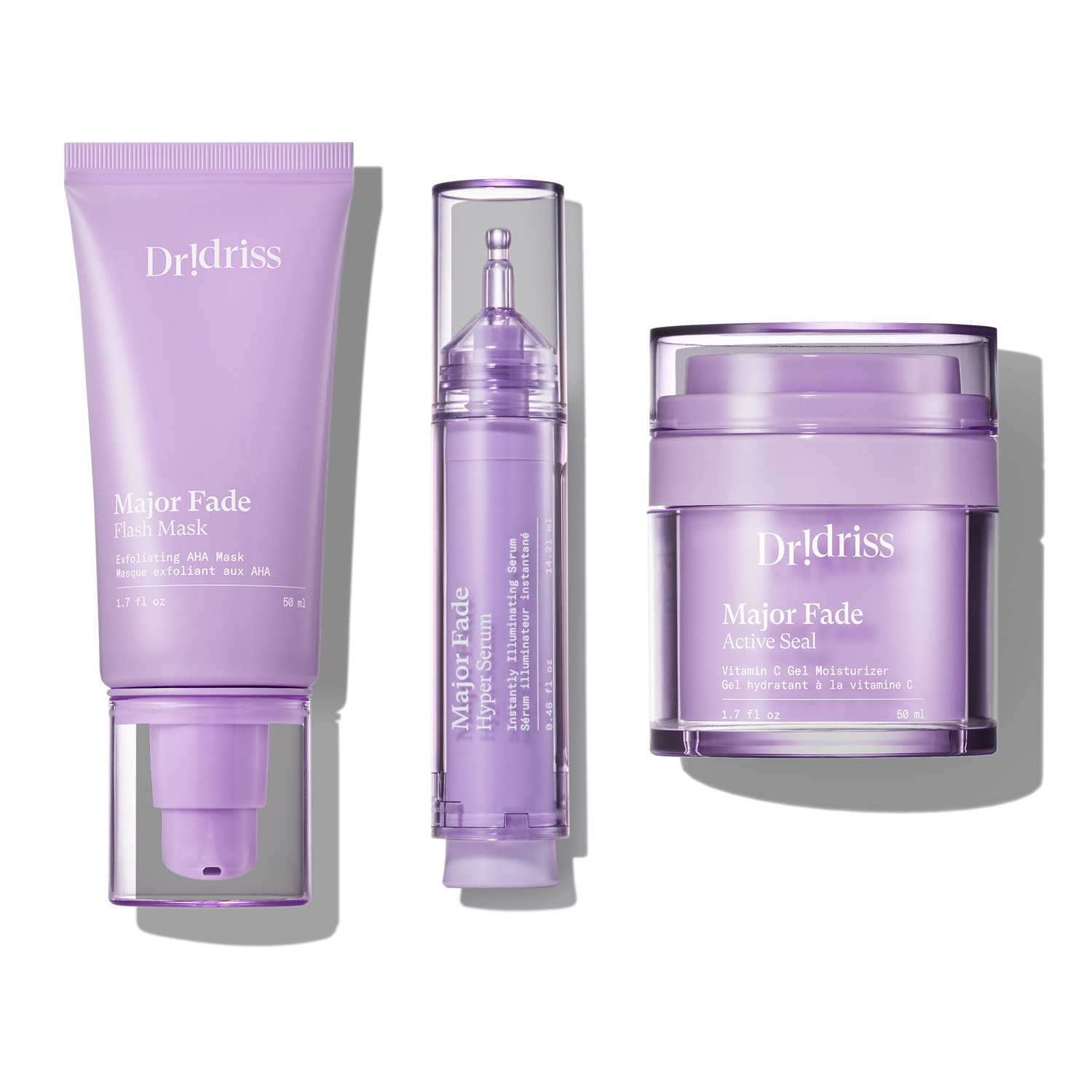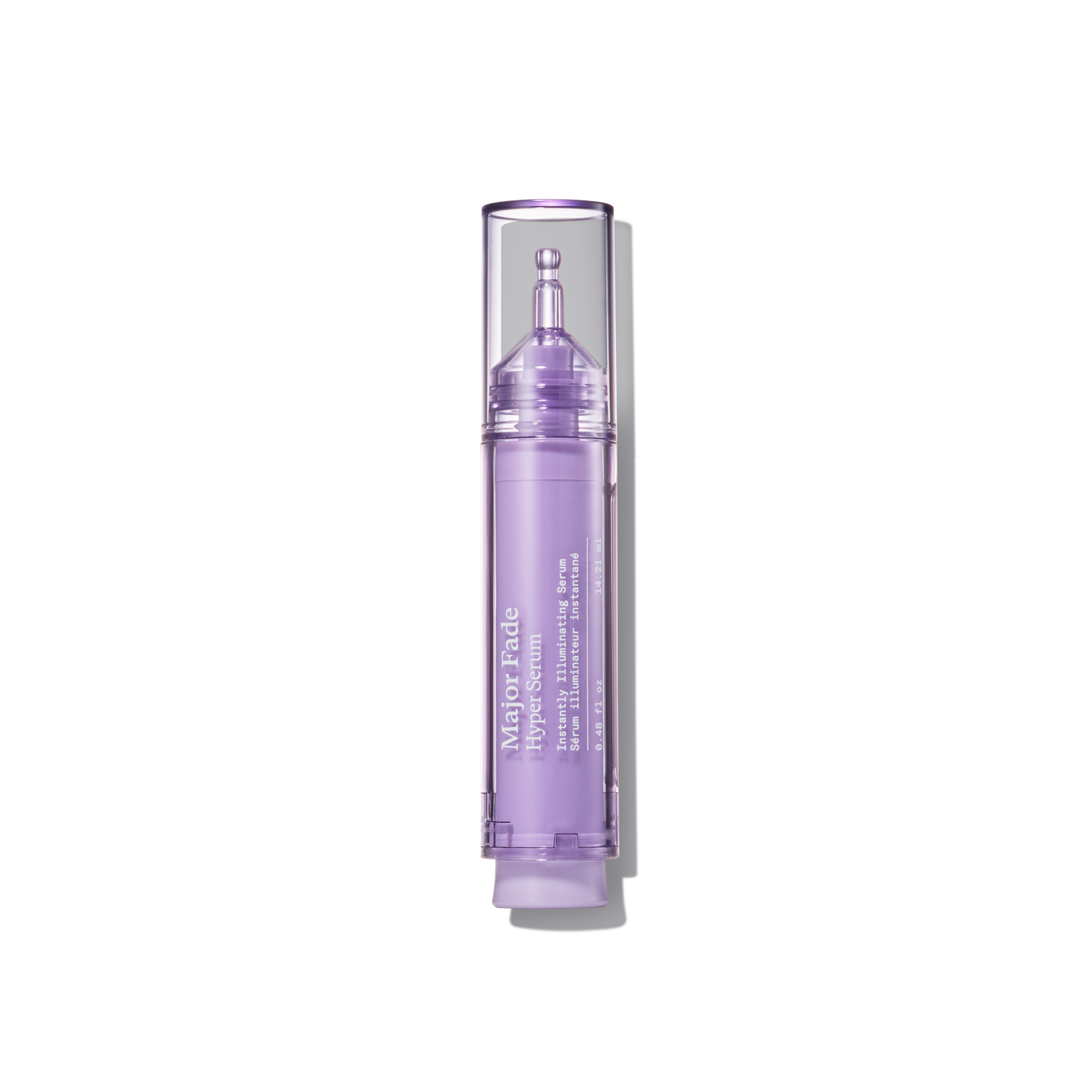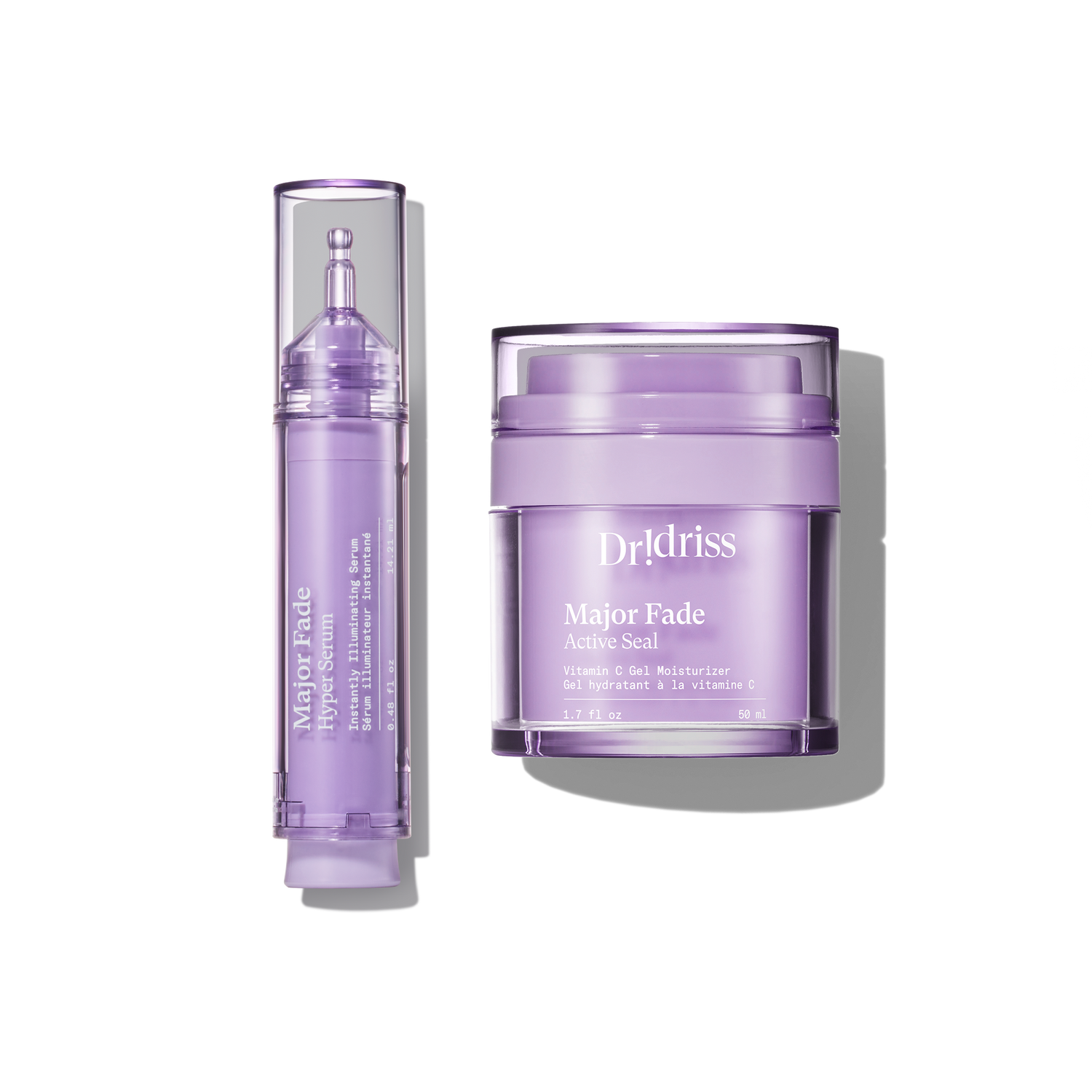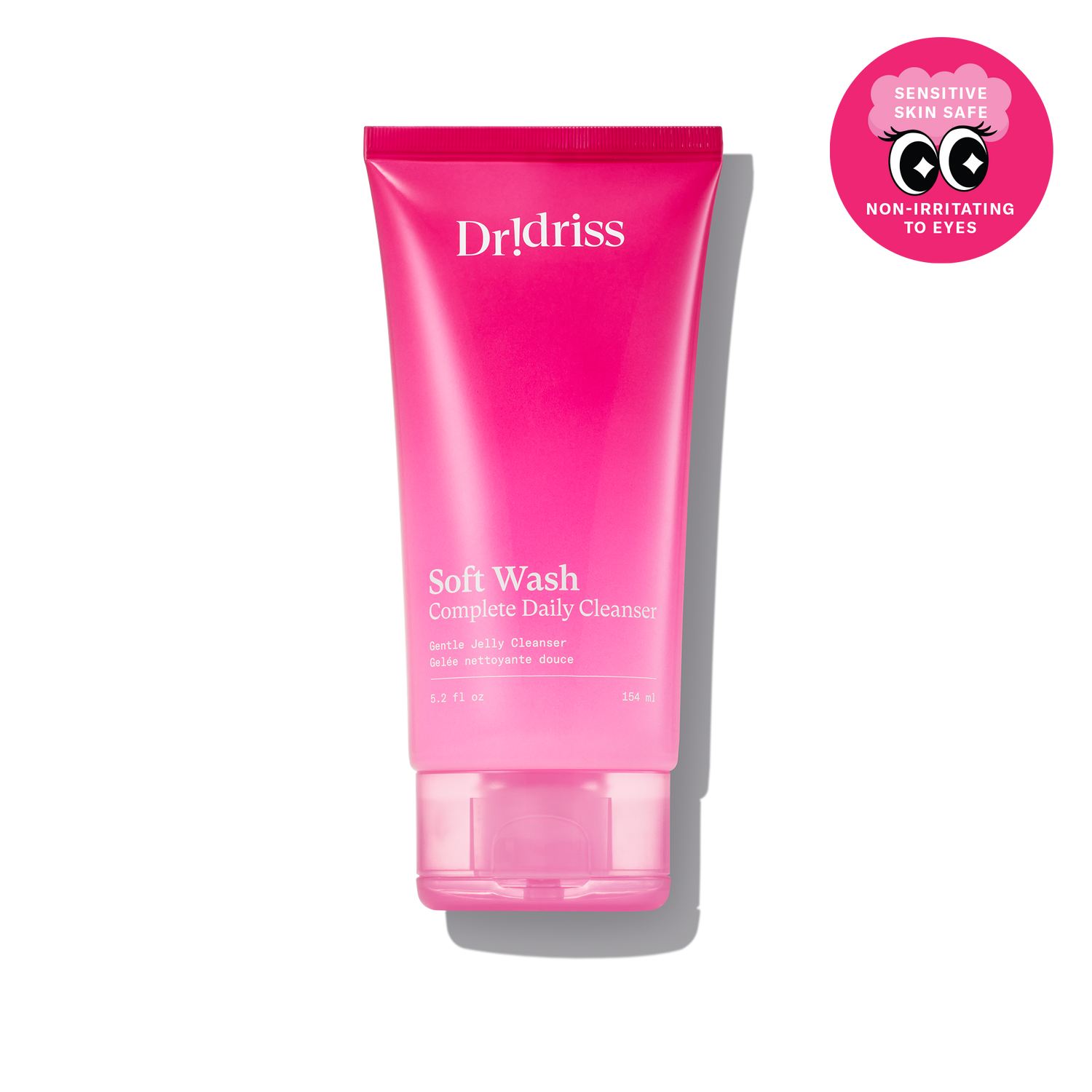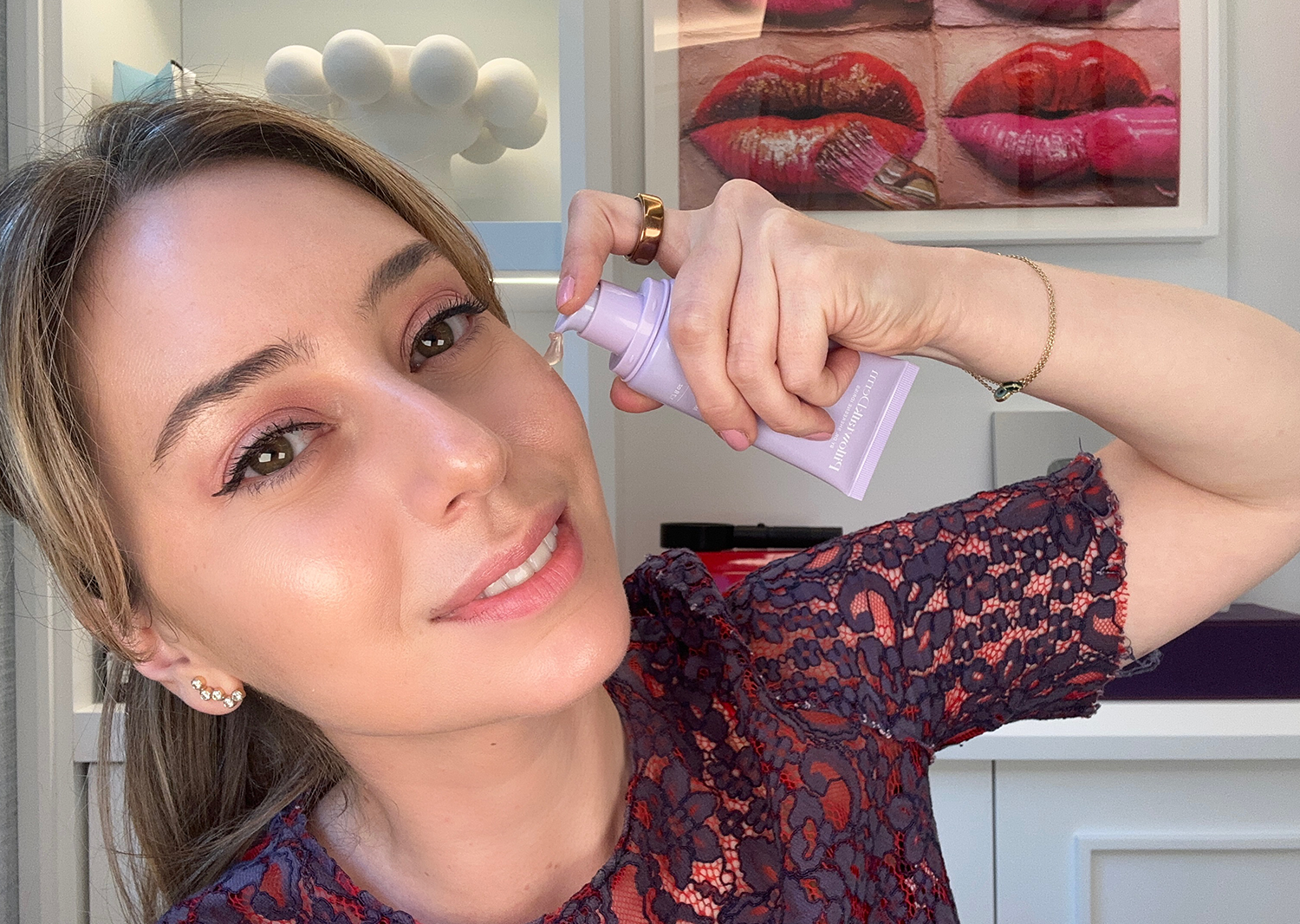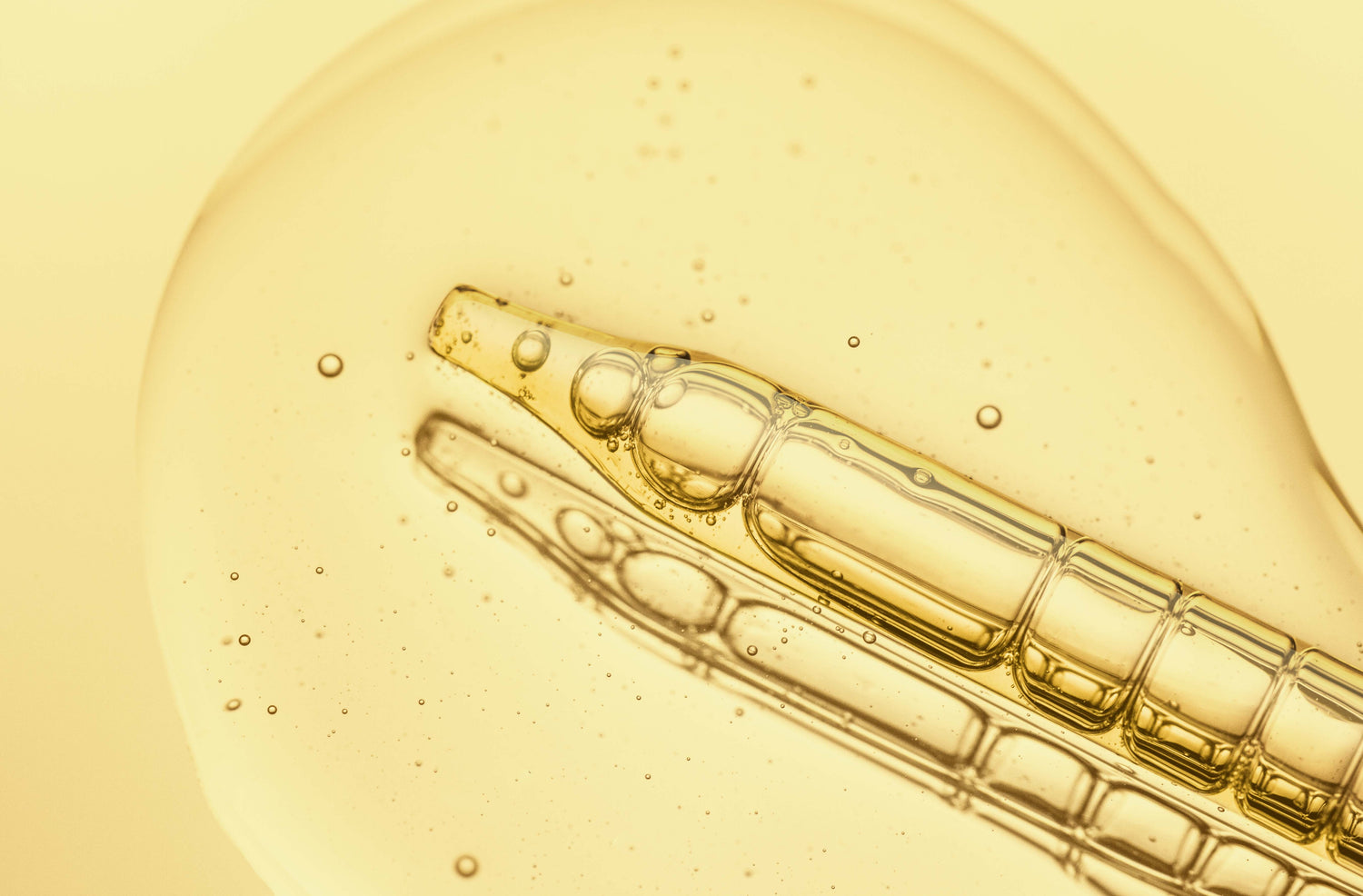
Something I’ve noticed on social media in the past is ‘skincare-shaming.’ Refinery29 perfectly sums it up as online criticism and condemnation of others’ routines and product choices, which has fostered a less educational and more ‘toxic’ and hypocritical space. For those who are new to the sunscreen game — consider this a judgment-free zone, and most importantly, congratulations! Cause you just made your best skincare purchase yet.
But for many SPF freshmen, you’re probably wondering why exactly is skimping out on sunblock so earth-shattering? What is the science?
Let me break it all down for you…
Why do we need sunscreen?
Firstly, the sun offers many wonderful things, such as warmth, through infrared light, sight through visible light, and something we can neither see nor feel, ultraviolet light. These three kinds of radiation are important to distinguish and understand when discussing skin and sunscreen.
Ultraviolet light
UV light is a form of radiation that has been proven to be a human carcinogen. In beginner-friendly English? This means it plays a role in the risk of developing skin cancer. However, fear not, as there’s nothing wrong with indulging in some UV rays and reaping the feel-good rewards of the sun, but it is extremely important to know how to protect your skin while you do so.
UV(A) and UVB
The best way to differentiate UVB and UVA is to remember that UVB is for Burning and UVA is for Ageing. Both types contribute to skin cancers, but it’s UVB that plays the most detrimental role.
What is SPF?
SPF stands for sun protection factor, and it measures the level of UVB protection that a sunscreen will offer you. One major misconception surrounding SPF is the true meaning of the SPF number. In the past, many have mistakenly viewed it as the exact number of minutes a sunscreen will protect your skin, but this is false. What it actually signifies is the amount of time that your skin takes to burn when using that sunscreen. For instance, let’s say your skin takes 10 minutes to burn in the sun when unprotected. So with a good covering of some SPF30, it will take you (SPF)30 x 10(mins) = 300 minutes to reach that same degree of burning or redness.
What is best to use: SPF 15, 30, 50, or more?
SPF15 only blocks about 94% of UVB rays, whereas SPF30 and SPF50 offer 97% and 98% protection respectively. SPFs that are higher than 50 do exist but they are not favored by experts, including me, as these can be misleading and provide a false sense of security. Many tend to assume that the higher the SPF, the fewer layers you need to apply (and reapply) AND the longer you can stay out in the sun. This is why I consider anything above SPF50 as the danger zone, so between 30 and 50 are your safest bet to maintain safe sun care practices.
Other terminology to keep note of…
Broad-spectrum: if you see this on your sunscreen bottle, it is an indication that your sunblock will shield your skin from both UVA and UVB rays, with a ⅓ of the protection being dedicated to UVA coverage.
The two main categories of sunscreens
Chemical (aka organic) sunscreens
Their active ingredients: Oxybenzone, avobenzone, octisalate, octocrylene, homosalate, or octinoxate.
The benefits: These absorb UV rays and convert them into heat, which is then released from the body.
The downside: They can irritate sensitive and acne-prone skin.
Physical (or mineral) sunscreens
Their active ingredients: Zinc oxide or titanium dioxide.
The benefits: These scatter visible light and absorb ultraviolet light, so they work similarly to chemical sunscreens but with the added perk of reflecting UV rays away from the skin.
The downside: They often leave a visible white cast.
The best sunscreens for each skin type
If you have…
Sensitive skin: Look for hypoallergenic formulas.
Dry skin: Look for formulas in a moisturizer form.
Oily skin: Look for non-comedogenic sunscreens and ones in a gel-based form.
An active lifestyle: Look out for water-resistant formulations.
What to shop?
In the video below, I do an in-depth show and tell of my extensive SPF shelfie items. I cover every type of sunscreen for all skin types and your little ones as well.

